Constellations of the Night Sky: Famous Star Patterns Explained (Images)
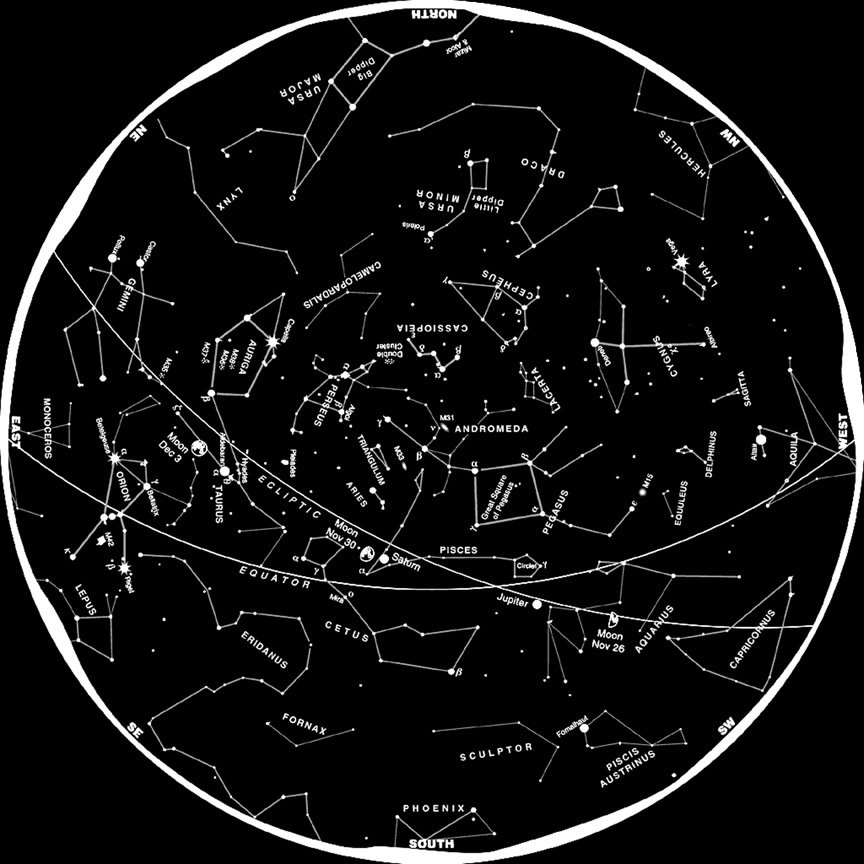
Aquarius, the Water Bearer
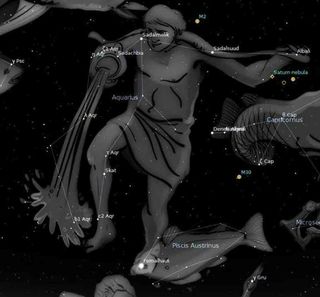
Aquarius, the "water bearer," is a large but faint constellation in the southern sky. [See our reference page about the constellation of Aquarius.]
Aries, the Ram
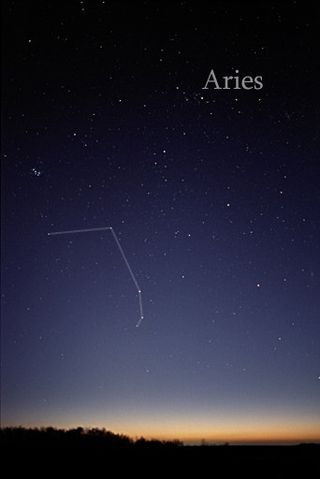
Aries, the "ram," is a mid-size constellation in the Northern Hemisphere. [See our reference page about the constellation of Aries.]
Cancer, the Crab
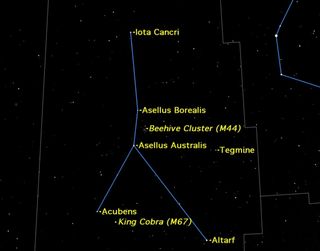
The small faint constellation Cancer, the "crab," is rich in open clusters and double stars. [See our reference page about the constellation of Cancer.]
Capricornus, the Sea Goat
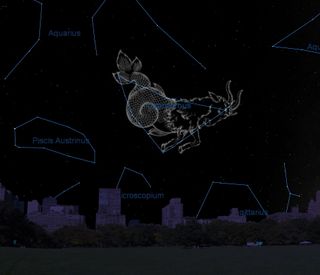
This sky map shows the location of the constellation Capricornus, the "sea goat." [See our reference page about the constellation of Capricornus.]
Draco, the Dragon
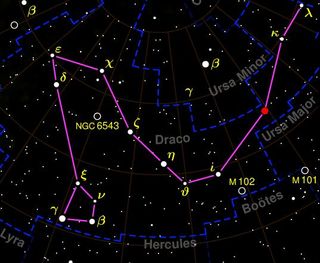
The eighth-largest constellation, Draco, the "dragon," doesn't appear especially prominent. [See our reference page about the constellation of Draco.]
Gemini, the Twins
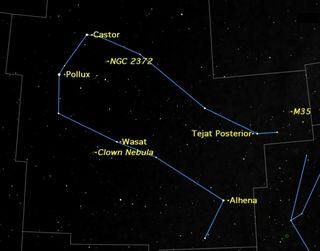
Gemini, the "twins," is a constellation high in the winter sky, containing a number of interesting observing targets. [See our reference page about the constellation of Gemini.]
Leo, the Lion
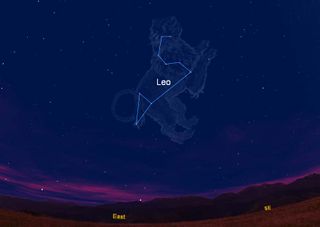
This sky chart shows constellation Leo, the "lion," and its trademark sickle. [See our reference page about the constellation of Leo.]
Get the Space.com Newsletter
Breaking space news, the latest updates on rocket launches, skywatching events and more!
Libra, the Scales
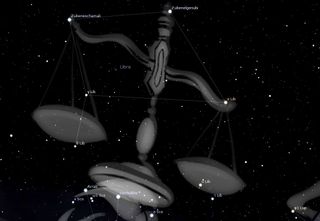
The stars that make up the constellation Libra, the "scales," were once considered part of Scorpius. [See our reference page about the constellation of Libra.]
Ophiuchus, the Snake Bearer
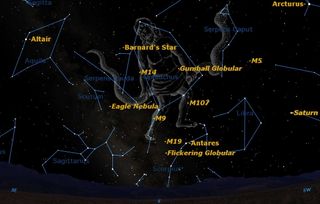
Ophiuchus, the "snake bearer," is a little-known but important constellation, which graces our evening skies in the summer. [See our reference page about the constellation of Ophiuchus.]
Orion, the Hunter
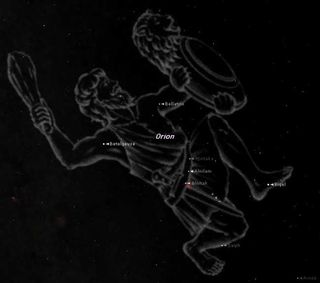
Orion, the "hunter," as imagined, with the stars that make it. [See our reference page about the constellation of Orion.]
Pegasus, the Winged Horse

Pegasus, named after the winged white horse of Poseidon in Greek mythology, is easy to find when you spot the Great Square. [See our reference page about the constellation of Pegasus.]
Join our Space Forums to keep talking space on the latest missions, night sky and more! And if you have a news tip, correction or comment, let us know at: community@space.com.

Space.com is the premier source of space exploration, innovation and astronomy news, chronicling (and celebrating) humanity's ongoing expansion across the final frontier. Originally founded in 1999, Space.com is, and always has been, the passion of writers and editors who are space fans and also trained journalists. Our current news team consists of Editor-in-Chief Tariq Malik; Editor Hanneke Weitering, Senior Space Writer Mike Wall; Senior Writer Meghan Bartels; Senior Writer Chelsea Gohd, Senior Writer Tereza Pultarova and Staff Writer Alexander Cox, focusing on e-commerce. Senior Producer Steve Spaleta oversees our space videos, with Diana Whitcroft as our Social Media Editor.











